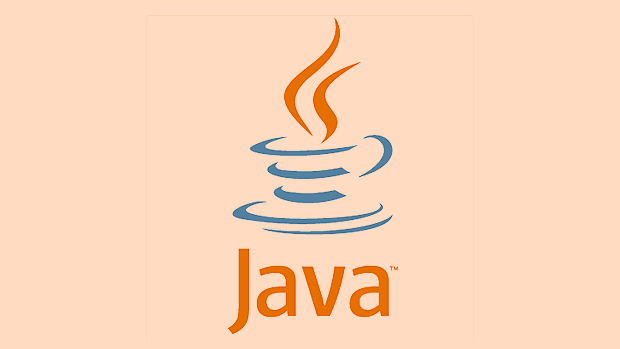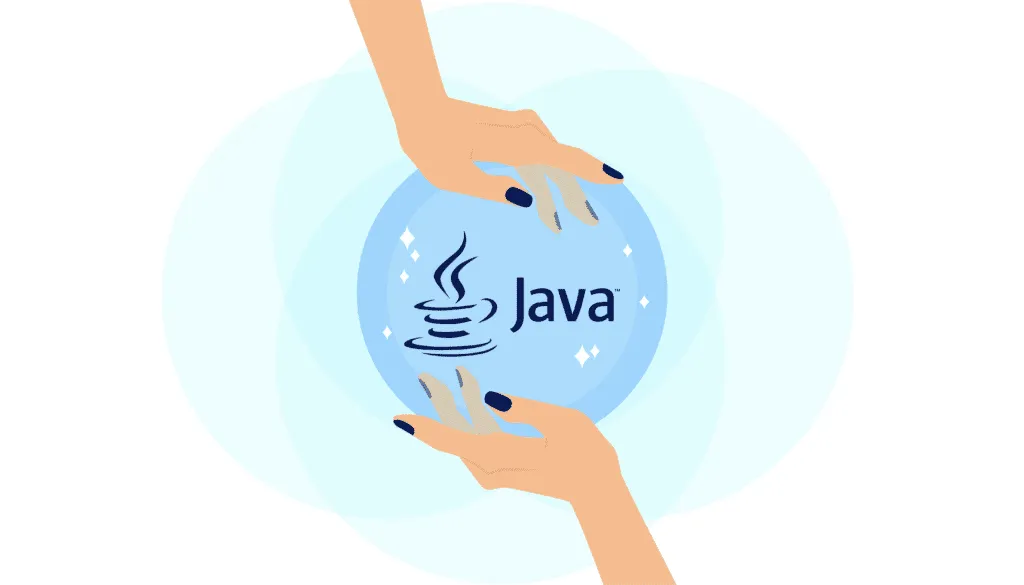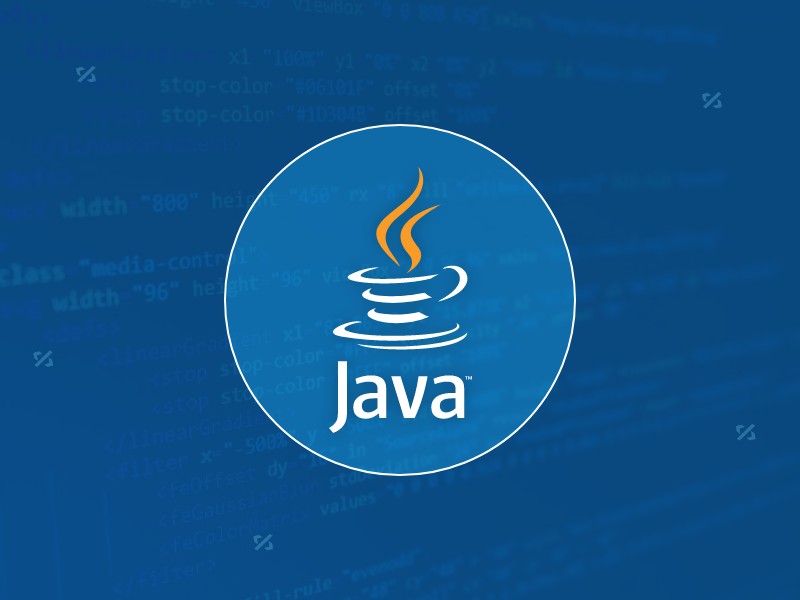Explained: Java Polymorphism in Object-Oriented Programming
Jul 05, 2025 am 02:52 AMPolymorphism is one of the core features of Java object-oriented programming. Its core lies in "one interface, multiple implementations". It implements a unified interface to handle the behavior of different objects through inheritance, method rewriting and upward transformation. 1. Polymorphism allows the parent class to refer to subclass objects, and the corresponding methods are called according to the actual object during runtime; 2. The implementation needs to meet the three conditions of inheritance relationship, method rewriting and upward transformation; 3. It is often used to uniformly handle different subclass objects, collection storage and framework design; 4. When used, only the methods defined by the parent class can be called. New methods added to subclasses need to be transformed downward and accessed, and pay attention to type safety.

Java polymorphism is one of the core concepts in object-oriented programming. Simply put, it is "one interface, multiple implementations". It allows us to process different types of objects in a unified way, making the code more flexible and easier to expand. The key to understanding polymorphism is to understand the points of inheritance, method rewriting and upward transformation.

What is polymorphism?
Polymorphism literally means "multiple forms". In Java, it means that the same method call can show different behaviors according to different objects. For example, you have an animal class (Animal), which contains a method of barking (makeSound), and dogs (Dog) and cats (Cat) all inherit from this class and each realizes their own barking.

When you use an Animal type variable to refer to a Dog or Cat instance, calling the makeSound() method will execute the corresponding version based on the actual object. This is the manifestation of runtime polymorphism.
How is polymorphism implemented?
To achieve polymorphism, the following conditions are usually required:

- Inheritance relationship : Subclasses must inherit the parent class.
- Method override : The subclass needs to redefine the methods of the parent class.
- Upcasting : Use parent class type to refer to child class objects.
Let's give a simple example:
class Animal {
void makeSound() {
System.out.println("Some sound");
}
}
class Dog extends Animal {
@Override
void makeSound() {
System.out.println("Bark");
}
}
class Cat extends Animal {
@Override
void makeSound() {
System.out.println("Meow");
}
}Then you can call this:
Animal a1 = new Dog(); Animal a2 = new Cat(); a1.makeSound(); // Output Bark a2.makeSound(); // Output Meow
As you can see, although the variable type is Animal, the method of the subclass is actually called.
What are the application scenarios of polymorphism?
Polymorphism is most common in cases where multiple subclass objects need to be handled uniformly. for example:
- Write a common method to handle different types of objects. For example, in a drawing program, you can call
draw()method uniformly without caring about whether it is a circle or a rectangle. - Use collections to store objects of different subclasses, such as
List<Animal>to storeDogandCatinstances at the same time. - In the design of a framework or library, a unified entry is provided through interfaces or abstract classes, and the specific implementation is determined by the user.
This design method improves the maintainability and scalability of the code, and new subclasses do not require modification of existing logic.
What to pay attention to in polymorphism
Although polymorphism is powerful, there are some details that are prone to errors:
- Only methods that exist in the parent class can be called, and even if there are new methods added to the subclass, they cannot be accessed directly (unless they are transformed down).
- Polymorphism is only applicable to instance methods , and static methods, private methods, and constructor methods will not participate in polymorphism.
- Polymorphism occurs at runtime (dynamic binding), while method overloading is determined at compile time (static binding).
For example, the following code will report an error:
Animal a = new Dog(); a.bark(); // An error occurred! There is no bark method in Animal class
At this time, you need to first transform downward:
Dog d = (Dog) a; d.bark(); // Normal output Bark
However, you should pay attention to the security of transformation. It is best to use instanceof to judge before transformation.
Basically that's it. The core of polymorphism is to handle different implementations through a unified interface to improve code flexibility and reusability. By mastering the three contents of inheritance, rewriting and transformation, you can understand and use polymorphism well.
The above is the detailed content of Explained: Java Polymorphism in Object-Oriented Programming. For more information, please follow other related articles on the PHP Chinese website!

Hot AI Tools

Undress AI Tool
Undress images for free

Undresser.AI Undress
AI-powered app for creating realistic nude photos

AI Clothes Remover
Online AI tool for removing clothes from photos.

Clothoff.io
AI clothes remover

Video Face Swap
Swap faces in any video effortlessly with our completely free AI face swap tool!

Hot Article

Hot Tools

Notepad++7.3.1
Easy-to-use and free code editor

SublimeText3 Chinese version
Chinese version, very easy to use

Zend Studio 13.0.1
Powerful PHP integrated development environment

Dreamweaver CS6
Visual web development tools

SublimeText3 Mac version
God-level code editing software (SublimeText3)

Hot Topics
 Polymorphism in python classes
Jul 05, 2025 am 02:58 AM
Polymorphism in python classes
Jul 05, 2025 am 02:58 AM
Polymorphism is a core concept in Python object-oriented programming, referring to "one interface, multiple implementations", allowing for unified processing of different types of objects. 1. Polymorphism is implemented through method rewriting. Subclasses can redefine parent class methods. For example, the spoke() method of Animal class has different implementations in Dog and Cat subclasses. 2. The practical uses of polymorphism include simplifying the code structure and enhancing scalability, such as calling the draw() method uniformly in the graphical drawing program, or handling the common behavior of different characters in game development. 3. Python implementation polymorphism needs to satisfy: the parent class defines a method, and the child class overrides the method, but does not require inheritance of the same parent class. As long as the object implements the same method, this is called the "duck type". 4. Things to note include the maintenance
 Applying Semantic Structure with article, section, and aside in HTML
Jul 05, 2025 am 02:03 AM
Applying Semantic Structure with article, section, and aside in HTML
Jul 05, 2025 am 02:03 AM
The rational use of semantic tags in HTML can improve page structure clarity, accessibility and SEO effects. 1. Used for independent content blocks, such as blog posts or comments, it must be self-contained; 2. Used for classification related content, usually including titles, and is suitable for different modules of the page; 3. Used for auxiliary information related to the main content but not core, such as sidebar recommendations or author profiles. In actual development, labels should be combined and other, avoid excessive nesting, keep the structure simple, and verify the rationality of the structure through developer tools.
 The requested operation requires elevation Windows
Jul 04, 2025 am 02:58 AM
The requested operation requires elevation Windows
Jul 04, 2025 am 02:58 AM
When you encounter the prompt "This operation requires escalation of permissions", it means that you need administrator permissions to continue. Solutions include: 1. Right-click the "Run as Administrator" program or set the shortcut to always run as an administrator; 2. Check whether the current account is an administrator account, if not, switch or request administrator assistance; 3. Use administrator permissions to open a command prompt or PowerShell to execute relevant commands; 4. Bypass the restrictions by obtaining file ownership or modifying the registry when necessary, but such operations need to be cautious and fully understand the risks. Confirm permission identity and try the above methods usually solve the problem.
 Differences Between Callable and Runnable in Java
Jul 04, 2025 am 02:50 AM
Differences Between Callable and Runnable in Java
Jul 04, 2025 am 02:50 AM
There are three main differences between Callable and Runnable in Java. First, the callable method can return the result, suitable for tasks that need to return values, such as Callable; while the run() method of Runnable has no return value, suitable for tasks that do not need to return, such as logging. Second, Callable allows to throw checked exceptions to facilitate error transmission; while Runnable must handle exceptions internally. Third, Runnable can be directly passed to Thread or ExecutorService, while Callable can only be submitted to ExecutorService and returns the Future object to
 Exploring Different Synchronization Mechanisms in Java
Jul 04, 2025 am 02:53 AM
Exploring Different Synchronization Mechanisms in Java
Jul 04, 2025 am 02:53 AM
Javaprovidesmultiplesynchronizationtoolsforthreadsafety.1.synchronizedblocksensuremutualexclusionbylockingmethodsorspecificcodesections.2.ReentrantLockoffersadvancedcontrol,includingtryLockandfairnesspolicies.3.Conditionvariablesallowthreadstowaitfor
 How Java ClassLoaders Work Internally
Jul 06, 2025 am 02:53 AM
How Java ClassLoaders Work Internally
Jul 06, 2025 am 02:53 AM
Java's class loading mechanism is implemented through ClassLoader, and its core workflow is divided into three stages: loading, linking and initialization. During the loading phase, ClassLoader dynamically reads the bytecode of the class and creates Class objects; links include verifying the correctness of the class, allocating memory to static variables, and parsing symbol references; initialization performs static code blocks and static variable assignments. Class loading adopts the parent delegation model, and prioritizes the parent class loader to find classes, and try Bootstrap, Extension, and ApplicationClassLoader in turn to ensure that the core class library is safe and avoids duplicate loading. Developers can customize ClassLoader, such as URLClassL
 Handling Common Java Exceptions Effectively
Jul 05, 2025 am 02:35 AM
Handling Common Java Exceptions Effectively
Jul 05, 2025 am 02:35 AM
The key to Java exception handling is to distinguish between checked and unchecked exceptions and use try-catch, finally and logging reasonably. 1. Checked exceptions such as IOException need to be forced to handle, which is suitable for expected external problems; 2. Unchecked exceptions such as NullPointerException are usually caused by program logic errors and are runtime errors; 3. When catching exceptions, they should be specific and clear to avoid general capture of Exception; 4. It is recommended to use try-with-resources to automatically close resources to reduce manual cleaning of code; 5. In exception handling, detailed information should be recorded in combination with log frameworks to facilitate later
 Asynchronous Programming Techniques in Modern Java
Jul 07, 2025 am 02:24 AM
Asynchronous Programming Techniques in Modern Java
Jul 07, 2025 am 02:24 AM
Java supports asynchronous programming including the use of CompletableFuture, responsive streams (such as ProjectReactor), and virtual threads in Java19. 1.CompletableFuture improves code readability and maintenance through chain calls, and supports task orchestration and exception handling; 2. ProjectReactor provides Mono and Flux types to implement responsive programming, with backpressure mechanism and rich operators; 3. Virtual threads reduce concurrency costs, are suitable for I/O-intensive tasks, and are lighter and easier to expand than traditional platform threads. Each method has applicable scenarios, and appropriate tools should be selected according to your needs and mixed models should be avoided to maintain simplicity






